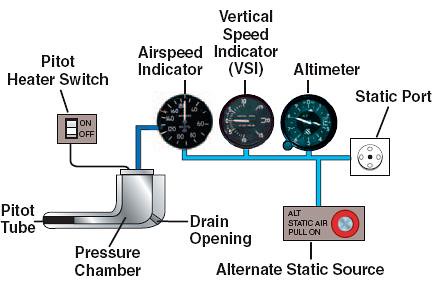
This airworthiness directive (AD) resulted from reports of airspeed indication discrepancies while flying at high altitudes in inclement weather conditions. The change, which is similar to changes already ordered or recommended by Airbus and by the European Aviation Safety Agency, would prevent airspeed discrepancies, which could lead to disconnection of the autopilot auto-thrust functions, and consequently would increase pilot workload. The FAA also stated that depending on the prevailing airplane altitude and weather, this condition, if not corrected, could result in reduced control of the airplane.
This airworthiness directive makes it mandatory for any operator based in the US or flying to and from the US to make this change within the next 120 days. The two US operators that currently fly the affected models include US Airways with about 11 A330 aircraft, and Northwest with about 20 A330 aircraft. No US operator currently operates the A340.
Although the pitot tubes that are the subject of the AD have not been identified as a cause of the June Air France crash, information from that crash led to a review of similar loss of airspeed events by the NTSB. For example, the NTSB found that in May 2009, an A330 flown by the Brazilian company TAM Airlines lost airspeed and altitude data while flying from Miami to Sao Paulo, Brazil. Autopilot and automatic power also shut down and the pilot took over. The computer systems came back about five minutes later.
In another NTSB report, on 23 June 23 2009, a Northwest flight hit rain and turbulence while on autopilot near of Kagoshima, Japan. Speed data began to fluctuate, with the aircraft alerting pilots it was going too fast. Autopilot and other systems began shutting down, and the crew had to manually control the aircraft.
According to an Associated Press report from last month, the NTSB discovered at least a dozen previous instances of brief losses of airspeed information when it reviewed past flight data for Northwest's A330 fleet. All of the incidents took place in the Intertropical Convergence Zone, which extends from 5 degrees north of the equator to 5 degrees south, an area known for its frequent and intense thunderstorms. All the planes involved in those events involved safely.
Additional Information on Air France 447 Accident










No comments:
Post a Comment